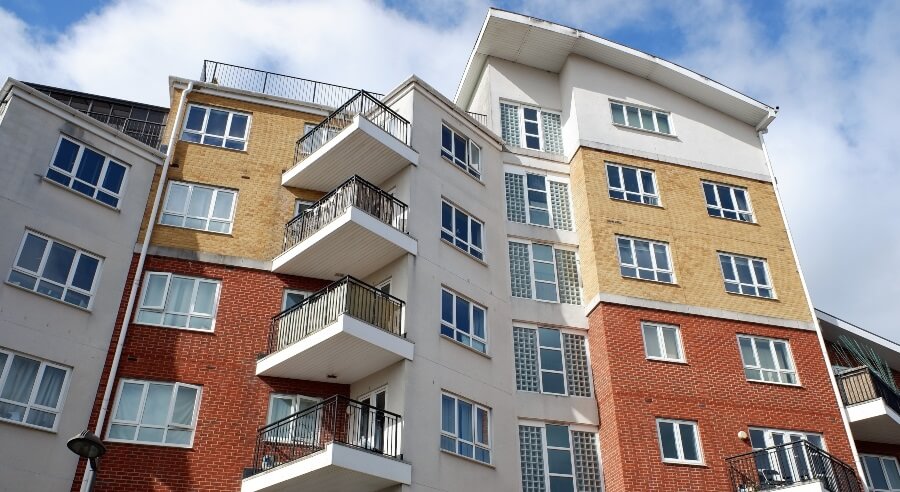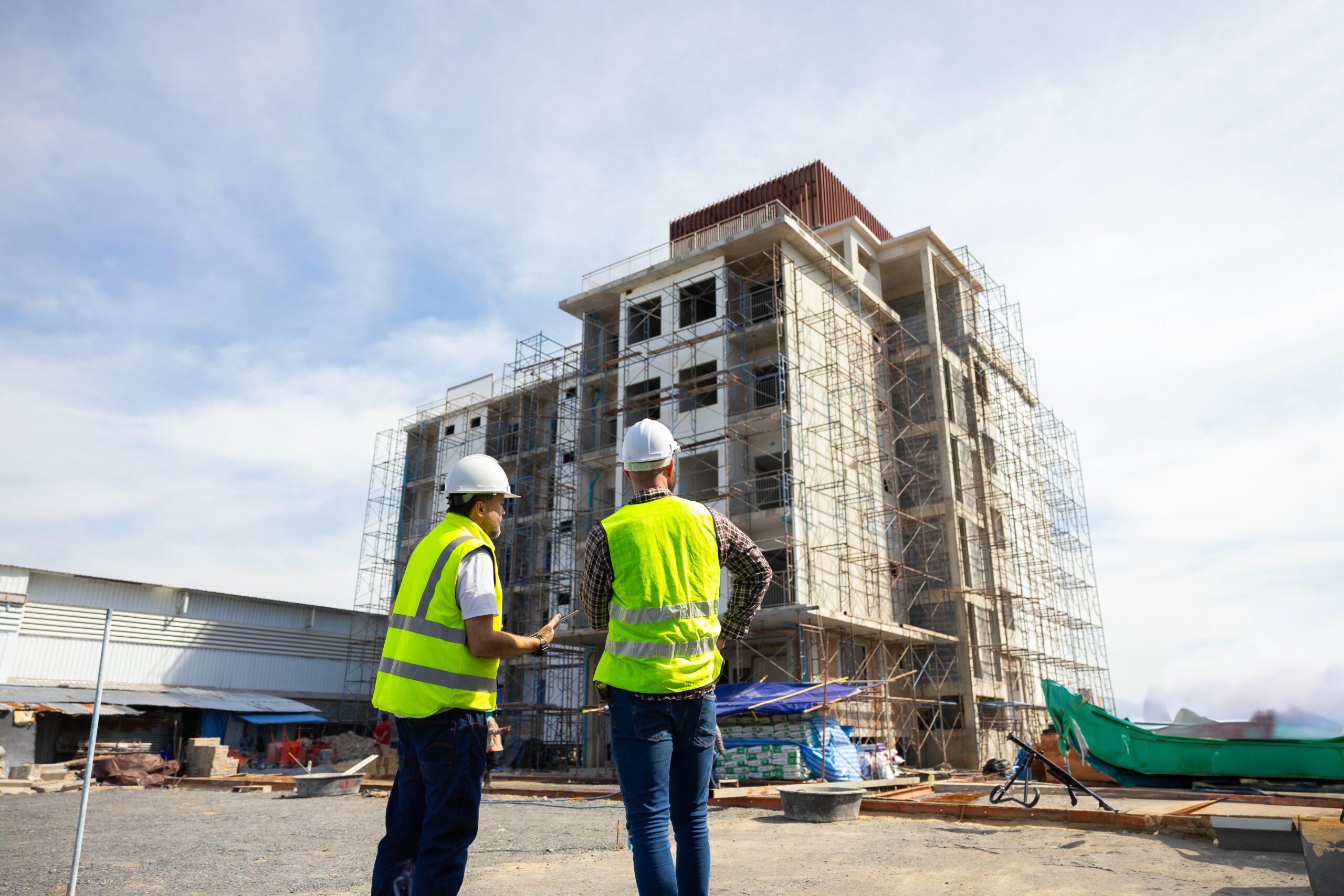Underinsurance in property insurance has long been a challenge, but the scale of the issue today is alarming. Studies suggest that 94% of UK buildings are insured for the wrong amount, with 80% underinsured and 14% overinsured.
Many property owners assume their insurance policy will cover the full cost of rebuilding their property in case of damage. However, the reality is that most policies rely on the property owner to set the correct sum insured – something that requires expertise many lack. This often leads to severe financial consequences when claims are made.
In this article, we will explore:
- What underinsurance is and how it impacts claims
- Why so many properties are underinsured
- Practical steps to ensure your property is correctly covered
What Is Underinsurance? Understanding the “Average Clause”
If a property is underinsured, the policyholder effectively takes on a percentage of the risk. In most cases, insurers apply an “average clause,” which reduces any claim payment in proportion to the underinsurance.
Example of the Average Clause in Action:
If your property is insured for £500,000 but the actual cost to rebuild it is £1,000,000, then your insurance only covers 50% of the rebuild cost. In a total loss scenario, the insurer will pay out no more than £500,000.
However, this reduction also applies to partial claims. If you make a claim for £20,000, the insurer will only pay £10,000 (less any policy excess), leaving you to cover the rest. Many property owners do not realise this until they are faced with a financial shortfall after a claim.
Additionally, the Insurance Act 2015 requires policyholders to disclose material facts that they “know or ought to know.” If an insurer determines that underinsurance was reckless or deliberate, they may refuse to pay out entirely.
Why Are So Many Properties Underinsured?
Several factors contribute to underinsurance. Below are some of the most common mistakes property owners make when setting their sums insured.
1. Using the Wrong Valuation Method
Many people incorrectly base their sums insured on:
- Market value rather than rebuild cost
- A previous owner’s policy without verifying its accuracy
- Estimates or guesswork rather than a professional valuation
2. VAT Considerations
VAT can significantly impact rebuild costs, but whether it should be included in the sum insured depends on VAT registration status and the type of loss.
- If you are VAT-registered, you can reclaim VAT, so it should not be included in your insured sum.
- If you are not VAT-registered, you cannot reclaim VAT, so your sum insured should include VAT (typically an additional 20%).
- Full rebuilds are VAT-exempt, but partial repairs usually incur VAT, which can create uncertainty.
To avoid complications, we recommend including VAT in your sum insured, as over insuring slightly is far less risky than underinsuring.
3. Failure to Account for Additional Costs
A property’s rebuild cost includes more than just the structure itself. It should also cover:
- Outbuildings, fences, driveways, and car parks
- Underground pipes and cables
- Demolition and site clearance
- Professional fees (architects, surveyors, planning applications)
- Ignoring these costs leads to significant underinsurance.
4. Rising Construction Costs
Inflation and supply chain issues have driven up building costs significantly. Between July 2020 and July 2021, construction material costs increased by 20% (ONS data). Many policies include index linking or a day-one uplift, but these are often too generic to keep up with actual market fluctuations.
5. Misplaced Trust in Your Insurance Broker
Many policyholders assume their insurance broker will set the correct sum insured, but brokers are not qualified surveyors. While they can advise on suitable policies, determining the correct sum insured requires a professional valuation.
How to Avoid Underinsurance
The best way to ensure adequate cover is to obtain a Reinstatement Cost Assessment (RCA) from a qualified surveyor, ideally one approved by RICS (Royal Institution of Chartered Surveyors).
Benefits of a Professional Valuation:
- Provides an accurate and detailed assessment of rebuild costs
- Offers protection against disputes with insurers over claims
- Ensures that any concerns about underinsurance can be addressed professionally
- Helps policyholders demonstrate due diligence under the Insurance Act 2015
Frequency of Valuations:
- Single properties: To avoid under insurance issues, we recommend that properties are revalued every three to five years.
- Property portfolios: For property managers managing vast numbers of properties, we would recommend putting in place a rolling schedule of valuations so that property are regularly valued. This can be a combination of site-based valuations backed up by desk top valuations.
While professional valuations come with a cost, they are a fraction of the potential financial loss if underinsurance leads to a reduced claim payout.
Protect Your Property with Expert Advice
At Champion Insurance Group, we specialise in insuring residential blocks, commercial properties and property portfolios. We provide tailored insurance solutions ensuring that our clients are not exposed to the risks of underinsurance.
If you would like to discuss your property insurance requirements, contact us today. Let us help you secure the right cover and protect your investment from the hidden dangers of underinsurance.
Contact Us
📞 03330 430 430
📧 Info@ChampionInsure.co.uk




